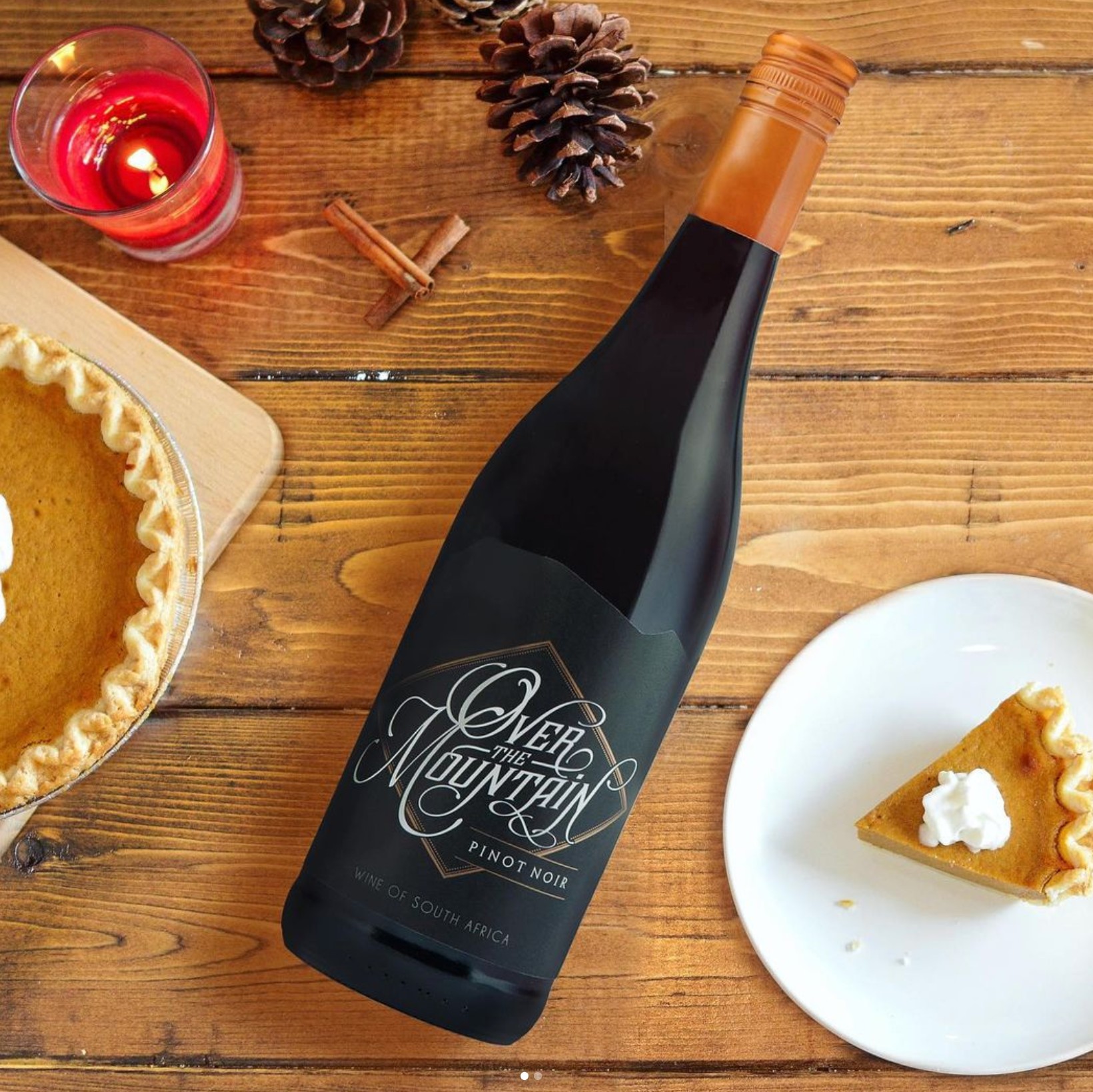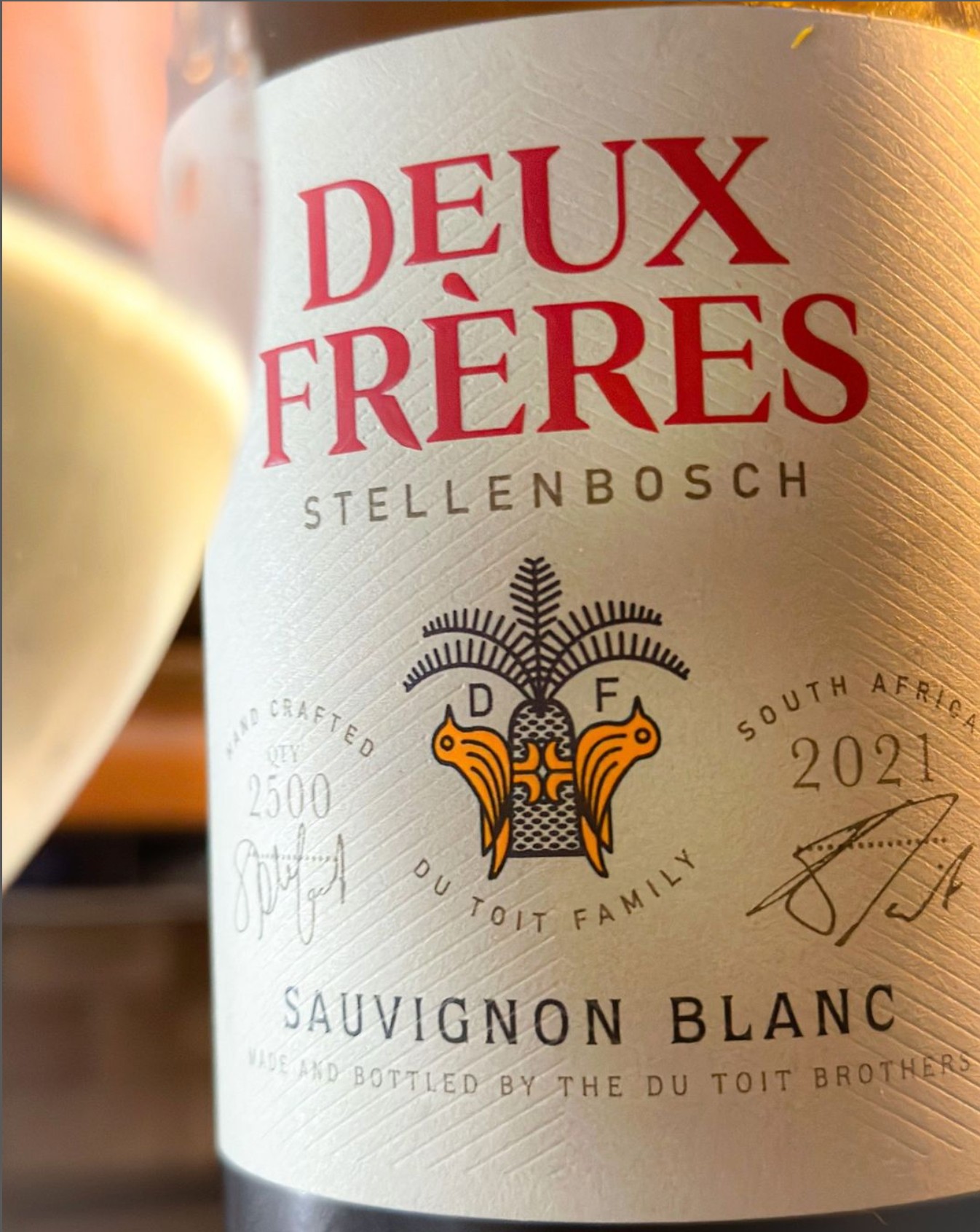We’re excited to introduce you to the always interesting and insightful Lorna Daniel-Dupree. We hope you’ll enjoy our conversation with Lorna below.
Lorna, appreciate you joining us today. Coming up with the idea is so exciting, but then comes the hard part – executing. Too often the media ignores the execution part and goes from idea to success, skipping over the nitty, gritty details of executing in the early days. We think that’s a disservice both to the entrepreneurs who built something amazing as well as the public who isn’t getting a realistic picture of what it takes to succeed. So, we’d really appreciate if you could open up about your execution story – how did you go from idea to execution?
The idea is always the simplest part. When it’s time to start putting the puzzle pieces together, you realize you aren’t working with a 500-piece puzzle of happy puppies but rather a 10 000-piece puzzle of Where’s Waldo.
This is the story of idea to execution of Stellies Wines. The idea was somewhat simple- we couldn’t find the South African wines we enjoyed in the United States, so we decided to import high quality wines which accurately represent South Africa.
It was 2020, when the journey of opening Stellies Wines began. It took a about 9-10 months to get all the correct licenses and permits to have the company functional and then another 2 months before we received our first shipment. This means, it was a full year from idea to opening.
For those that don’t know our personal story, Stellies Wines is run by myself, Lorna, and Patrick, my husband. We are both freelancers in the film industry and met on a production in South Africa. There is more to the story, but this is important to know because I often use the term “we” and know you know who I am referring to.
There were so many steps that had to be taken, and they weren’t all in a straight line; there was no “how-to” manual for us to follow. From doing the research on what permits and licenses were required, to starting a website to pitch our idea to the vineyards, to finding a location and eventually figuring out how to ship the wine not only to our customers, but throughout America itself, everything was a learning curve.
STARTING THE BUSINESS
There were three main departments which became integral to opening the company.
The California Department of Alcoholic Beverage Control (The ABC) for our state permits. We needed three permits to do our business in California and specifically, in Los Angeles County. At first, I tried to do all the paperwork myself but, as I wasn’t used to some of the terminology, we ended up hiring a consultant to help. This turned out to be very helpful but also very expensive. These permits come with a lot of extra rules which we must comply to with being in Los Angeles country, an importer, and an online retailer.
To get the business functional, we had to have a commercially zoned property. We hired a small commercial space downtown. We knew it would take a while to get the wines into the country, so we found the cheapest, compliant place and rented it for 6 months to get the ball rolling. Once the ball was rolling, we transferred our permits to a new location which is now the home of Stellies Wines.
The Alcohol and Tobacco Tax and Trade Bureau (TTB) is for our federal permits and COLA registration. COLAs are required to ensure alcohol labelling comply with federal regulations when marketing alcoholic beverages. Every label needs to be approved before imported or they won’t pass through customs. So, some of the wines we imported had to have new labels made to comply with US regulations.
The California Department of Tax and Fee Administration (CDTFA) – for our seller’s permit and ‘special use tax’ because it’s alcohol. Luckily, I found some friendly people in the department to make sure I set this up correctly.
OUR SUPPLIERS
When it came to connecting to the vineyards, I had created a portfolio website that was essentially an online business proposal that was accessible only by password. It contained sample pages of how their products would be represented and statistic infographics and timelines. We approached the vineyards we were wanting to represent (vineyards we truly love) and the next thing we knew, we were visiting them and talking about the future.
SHIPPING- TO THE USA and THROUGHOUT
To get the wines to the states, after COLA approval, each vineyard also needed FDA certificates. Fortunately, most of the vineyards did this themselves.
We paired up with a logistics company in South Africa that specializes in wine shipments. This was important because we didn’t want to have the wines spoiled on the journey. They are carefully packed in thermal packaging and placed under the waterline of the boat to keep them cool. We also found a trusty, small business, shipping brokerage here in California to help us clear everything through customs.
Our first shipment arrived the day before I was supposed to go on a film job overseas. Patrick was away on another job but luckily, with the help of 5 friends, we managed to pick up all the wines and take them to our storage facility- a climate-controlled warehouse by Ideal55. (They are amazing!)


Lorna, love having you share your insights with us. Before we ask you more questions, maybe you can take a moment to introduce yourself to our readers who might have missed our earlier conversations?
As I mentioned earlier, I am a freelancer in the film industry, working as a camera assistant on a variety of different shows that take me around the world.
Stellies Wines was born out of a passion for wine, particularly South African wine. (Trust me, it will change your world.) It is run by myself and my husband, Patrick.
Patrick developed a passion for wine after a trip to South Africa, tasting a chenin blanc that changed his world. He has since graduated Level 2 WSET with distinction and is currently completing Level 3.
I have loved wine ever since a drop of Vin De Constance by Klein Constantia touch my lips. For many years I dreamed of being involved in the wine industry somehow.
With the enormous variety of wines in Los Angeles, we found a severe lack of South African wines on the shelves, which really disappointed us. By starting our own company we could educate people about South African wine and supply customers, like us, who yearned for good quality South African wine!
‘Stellies’ originates from the nickname given to the popular wine area and student town, Stellenbosch in the Western Cape.
We import some of the finest boutique wines from South Africa. All the vineyards we represent have a rich history, some dating as far back as the 1600s and focus on family-run businesses. The wines we import are not from giant manufacturers so you can’t find them anywhere else but through us. We hope to expand in the near future to be found in some local restaurants and boutique stores.
Not only do we want the wines to be accessible to every table, but we want our customers to know the story from which it has grown, where the farm is located and the people behind making them.
It has been a lovely experience having customers across the US reach out, excited that finally a wine they love is available for them and hearing their stories of how they know of the wines. Some stories are from vacations to South Africa, some are wine collectors, and others are ex-pats who have been waiting for a taste of home.


How’d you think through whether to sell directly on your own site or through a platform like Amazon, Etsy, Cratejoy, etc.
The majority of our sales are online. I started the site on BigCommerce, I had done a lot of research and for the pricing, this was the best option for us at the time.
PROS: There were some exciting incentives with the companies they affiliated with. We were able to get great shipping discounts for our clients through FedEx because of having BigCommerce. They also had incentives with Chase Bank (this ended up not working for us because of their fine print laws on alcohol sales) and we could use BrainTree by PayPal.
CONS: the templates were limiting. With additional coding, I could adapt the design but it took a lot more time, effort and upkeep. We also had to pay for additional widgets and plugins to make the site legal to sell alcohol. The shipping software we had to buy, to connect our orders with our FedEx account, was easy to use but very expensive.
So, we switched to Wix.
PROS: This ended up saving us a lot of money every year. Most of the widgets and plugins we needed came free. The shipping software we changed to was a third of the price. The design was a lot more flexible and all the invoicing and inventory was just as simple.
CONS: More limited payment options due to our products being alcohol.
I was very nervous moving platforms after getting accustomed to BigCommerce but it was definitely worth it for us!


We’d love to hear about how you keep in touch with clients.
We try to stay engaged with our clients by answering any questions they have and helping them choose the wine that suits their profile. We do this mainly through direct emails and email newsletters. We also try to respond timeously on social media to any questions and requests.
After a certain number of orders, we offer a discount code to loyal customers to thank them for their business.
We also offer specials and discounts for HONEST reviews. I emphasise honesty because we want authentic opinions from our clients to not only better our business but to ensure we keep providing customers with products they enjoy.


Contact Info:
- Website: www.stellieswines.com
- Instagram: https://www.instagram.com/stellieswines/
- Facebook: https://www.facebook.com/stellieswines/
Image Credits
Images taken by: Larissa Costa-Evans & Lorna Daniel-Dupree


